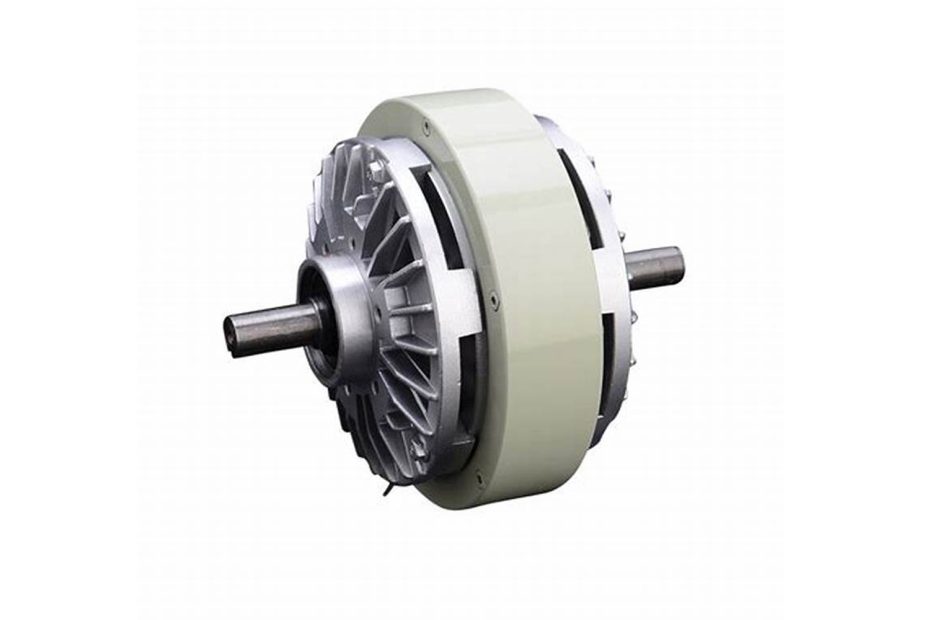In the dynamic world of textile manufacturing, the pursuit of efficiency and precision is unceasing. One technological marvel that has emerged to meet this demand is the Magnetic Particle Brake (MPB).
Magnetic Particle Brakes operate on a simple yet ingenious principle. They utilize the magnetic field’s influence on particles within the brake to control the torque transmission. The braking force is adjusted by varying the magnetic field strength, allowing for precise control over the machinery’s speed and tension.
Top 2 Applications in Textile Machinery
1. Tension Control in Weaving
In the intricate process of weaving, maintaining optimal tension is paramount. Magnetic Particle Brakes excel in this regard, providing a responsive and adaptable solution. The brake adjusts tension seamlessly, ensuring the smooth and consistent weaving of threads.
2. Speed Regulation in Spinning
Spinning operations demand precise speed control to produce high-quality yarn. Magnetic Particle Brakes enable manufacturers to fine-tune the rotational speed of spinning components, leading to improved yarn quality and reduced waste.
Top 3 Advantages of Magnetic Particle Brakes in Textile Machinery
1. Enhanced Precision
The ability to minutely adjust the braking force translates to unparalleled precision in textile processes. Manufacturers can achieve the exact tension and speed required for each specific operation, resulting in superior product quality.
2. Increased Efficiency
With the responsive control offered by MPBs, textile machinery operates more efficiently. Reduced downtime, minimized material wastage, and improved overall equipment effectiveness contribute to a significant boost in productivity.
3. Cost Savings
Magnetic Particle Brakes contribute to cost savings through their energy-efficient operation and the ability to minimize wear and tear on machinery. The long-term economic benefits make them a wise investment for textile manufacturers.
Conclusion
Despite their numerous advantages, the adoption of Magnetic Particle Brakes in textile machinery is not without challenges. Manufacturers need to carefully consider factors such as initial costs, maintenance requirements, and the compatibility of MPBs with existing equipment.
In conclusion, the integration of Magnetic Particle Brakes into textile machinery heralds a new era of precision and efficiency. From tension control in weaving to speed regulation in spinning, MPBs offer a versatile solution for the dynamic needs of the textile industry. As challenges are addressed and technology continues to evolve, the future looks promising for Magnetic Particle Brakes, positioning them as a cornerstone technology in the textile manufacturing landscape.

